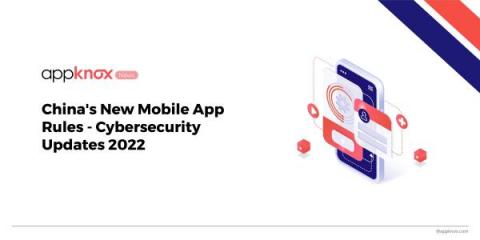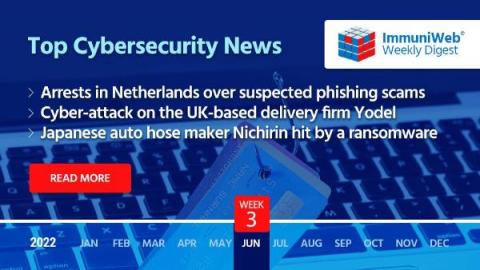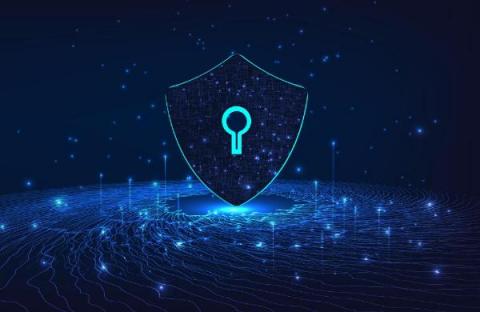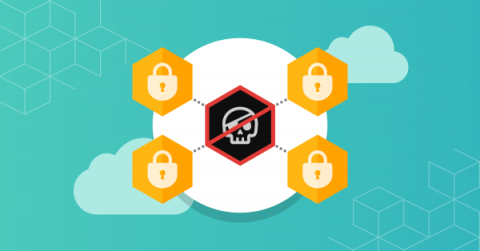China's New Mobile App Rules - Cybersecurity Updates 2022
The Chinese government took down over 2 million applications from Chinese app stores in just two years (2018-2020)! Now, the government has revised and published stricter cybersecurity updates or provisions for mobile app development, which will go into effect from August 1st, 2022. Why is this happening, and what does the new policy say? Also, how does it affect the developers within China? If you have these questions on your mind, this blog is for you.











